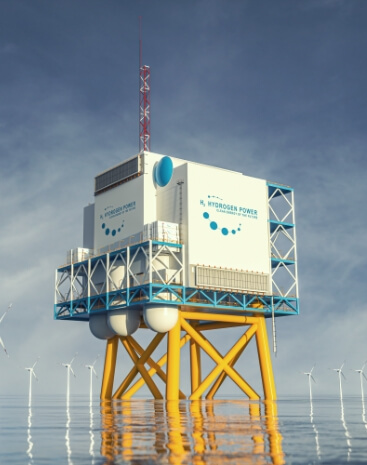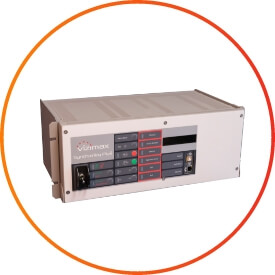Stable grid connections for renewable and traditional energy generation
Optimized grid integration
- All of our solutions are backed by decades of experience with transformer energization
- Our ongoing quest for innovation makes us a leader in the renewable industry
- With experts located in 40 countries, we are equipped to serve clients across the globe
- Our robust support team is always ready to provide personalized service
- Our work is guided by an uncompromising focus on quality, thoroughness, and reliability
Grid connection of wind, solar and BESS projects
Reliable
With more than three decades of experience with smart switching and grid integration, our products are backed by significant research and development.
Whether you are in the traditional or renewable energy space, you can trust that Vizimax’s patented and field-tested solutions will always go above and beyond.
Stability and resilience
When it comes to renewable energy and grid stability, you need a smart switching solution that will avoid disturbances every step of the way.
Vizimax products are not only quick to install so you can minimize downtime, but also excellent at limiting voltage drops and respecting grid code requirements.
International presence
Renewable energy companies are held to strict grid code compliance standards.
Vizimax is trusted by major players in every power-related industry around the world, and each product is developed to the latest standards. Go with a world-renowned solution provider.
Versatile
For renewable energy projects, our versatile products are designed to ensure a smooth integration of wind turbines, PV solar panels or BESS technology, connected to the distribution or transmission network.
Accessible / Visibility / real time info
Assist in power system stability and monitoring with real time data through IEC 61850 MMS server communication protocol.
Our smart circuit breaker switching and control systems are adapted for the renewable and traditional energy industries, providing the precise information you need to improve operational visibility.
Manufacturer-agnostic
Vizimax solutions are endlessly flexible, with the ability to integrate with virtually any type of circuit breaker, including independent pole and simultaneous pole operated apparatuses.
Our products are compatible with a huge range of devices and technologies, with the ability to modernize and update your current infrastructure.
Versatile solutions adapted to a wide range of applications





A smart switching product for every need
No matter your existing infrastructure, we can make smart switching a reality for your business. Vizimax can be integrated into on-shore and off-shore power plants, whether they are new or legacy facilities. If you need a smart upgrade or reliable solutions for your renewable or traditional energy plant, explore our range of cutting-edge products.
Every day, Vizimax products help power our world. See them in action.
Pays
Produit
Pays
Produit
Get in touch
To learn more about our solutions, contact our experts today.

